University of Redlands Emergency Alert System
Alert Received: . For more information, visit: https://www.redlands.edu/alert/
University of Redlands
- Home
- Trees
- Species Accounts
- Chinese Flame Tree
Common Name: Chinese Flame Tree
Scientific Name: Koelreuteria bipinnata
Family: Sapindaceae
Identification
Habit: The general shape and size of the Chinese Flame Tree is rounded or umbrella-like with a low spreading canopy. This tree can grow from six up to twelve (m) and has a general width of four to nine (m).3
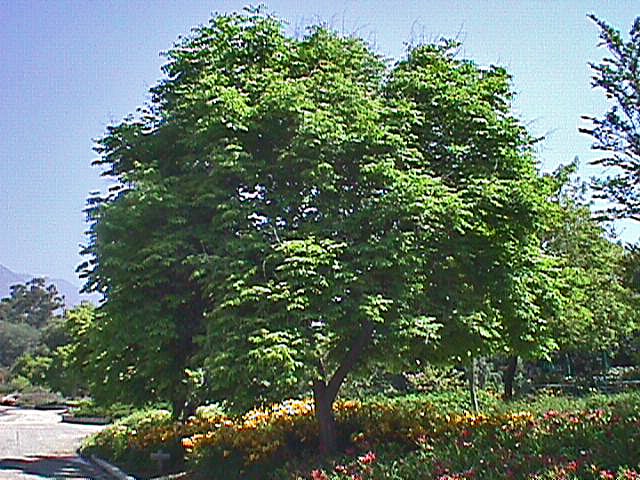 Figure 1: General shape and size of the Chinese Flame Tree1.
Figure 1: General shape and size of the Chinese Flame Tree1.
Leaves: The leaves of the Chinese Flame Trees are deciduous foliage, so they fall from the tree in late autumn. They have a bipinnately compound, meaning the leaves are divided into smaller leaflets, with an ovate shape and pinnate venation, or “mid-rib” that means it has a clear center vein with smaller ones branching off. The colors of the leaves are a medium green which turns to bronze or gold color in fall. The average sizes of the leaves measure from five to ten (cm) in length.4
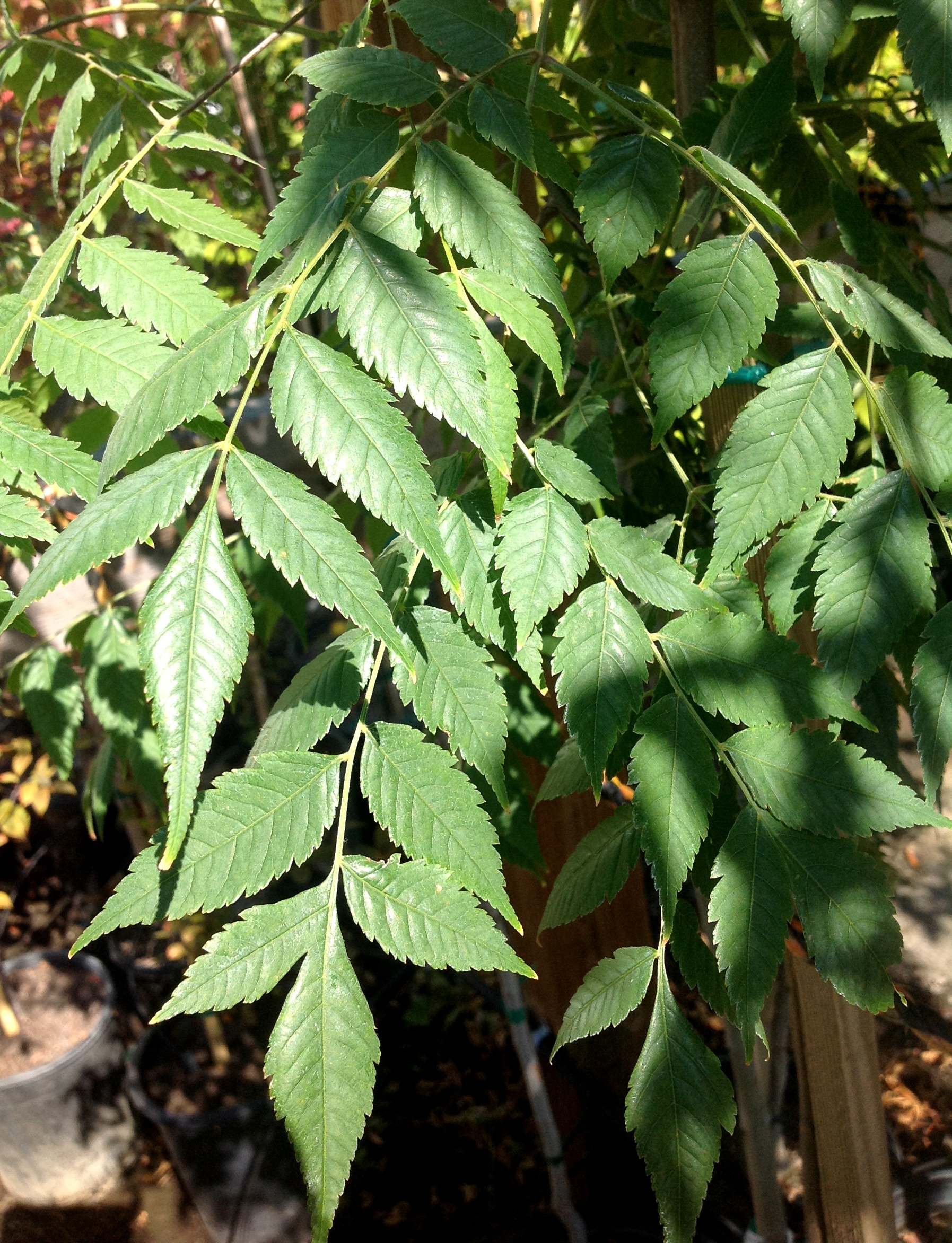 Figure 2: Leaves of the Chinese Flame Tree.1
Figure 2: Leaves of the Chinese Flame Tree.1
Twigs and Bark: The bark of this tree is described as having a fissured or cracked texture that is light green to a light brown color. The branches of the tree grow upright but begin to bend slightly down as the tree grows taller due to the weight. The branches have the potential to break as it grows larger due to poor collar formation at the base of the branches.4
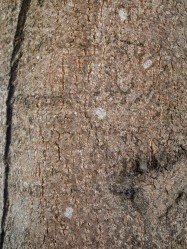 Figure 3: Bark of the Chinese Flame Tree2
Figure 3: Bark of the Chinese Flame Tree2
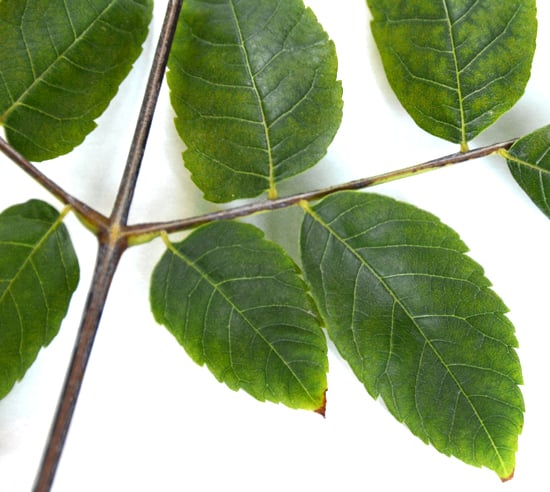 Figure 4: The twigs of the Chinese Flame Tree with leaves4
Figure 4: The twigs of the Chinese Flame Tree with leaves4
Flowers and Fruits: The flowers of the Chinese Flame Tree are small and yellow with a hint of red. Each flower has four petals and is produced on large branches which can grow from twenty up to fifty (cm) in length. Unfortunately, the Chinese Flame Tree only flowers in the months of July and August while the rest of the year, the tree stays flowerless. With these beautiful bright colors of the flowers, the trees are able to attract many pollinators like bees.
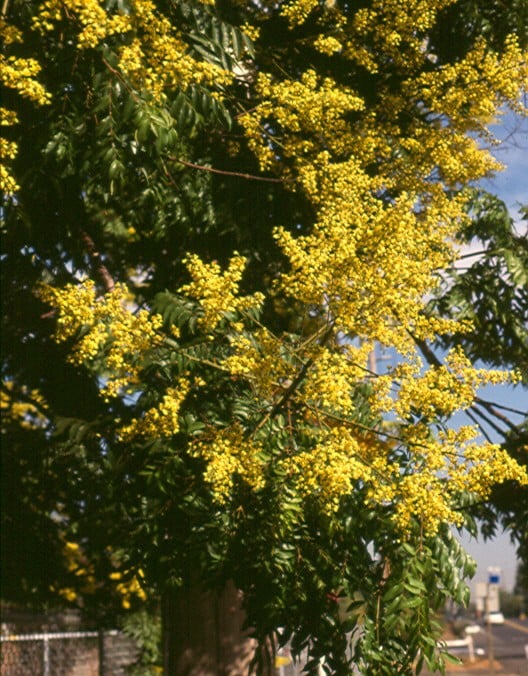 Figure 5: The Flowers of the Chinese Flame Tree.4
Figure 5: The Flowers of the Chinese Flame Tree.4
The fruits on the Chinese Flame tree are three-lobed inflated papery capsules. They can grow up to six (cm) long. These fruits are red in color and contain several hard seeds which can grow from five up to ten (cm) long and are pink in color. One downside to the tree is that the seeds easily drop and sprout open on the ground often leaving a mess in parking lots.5
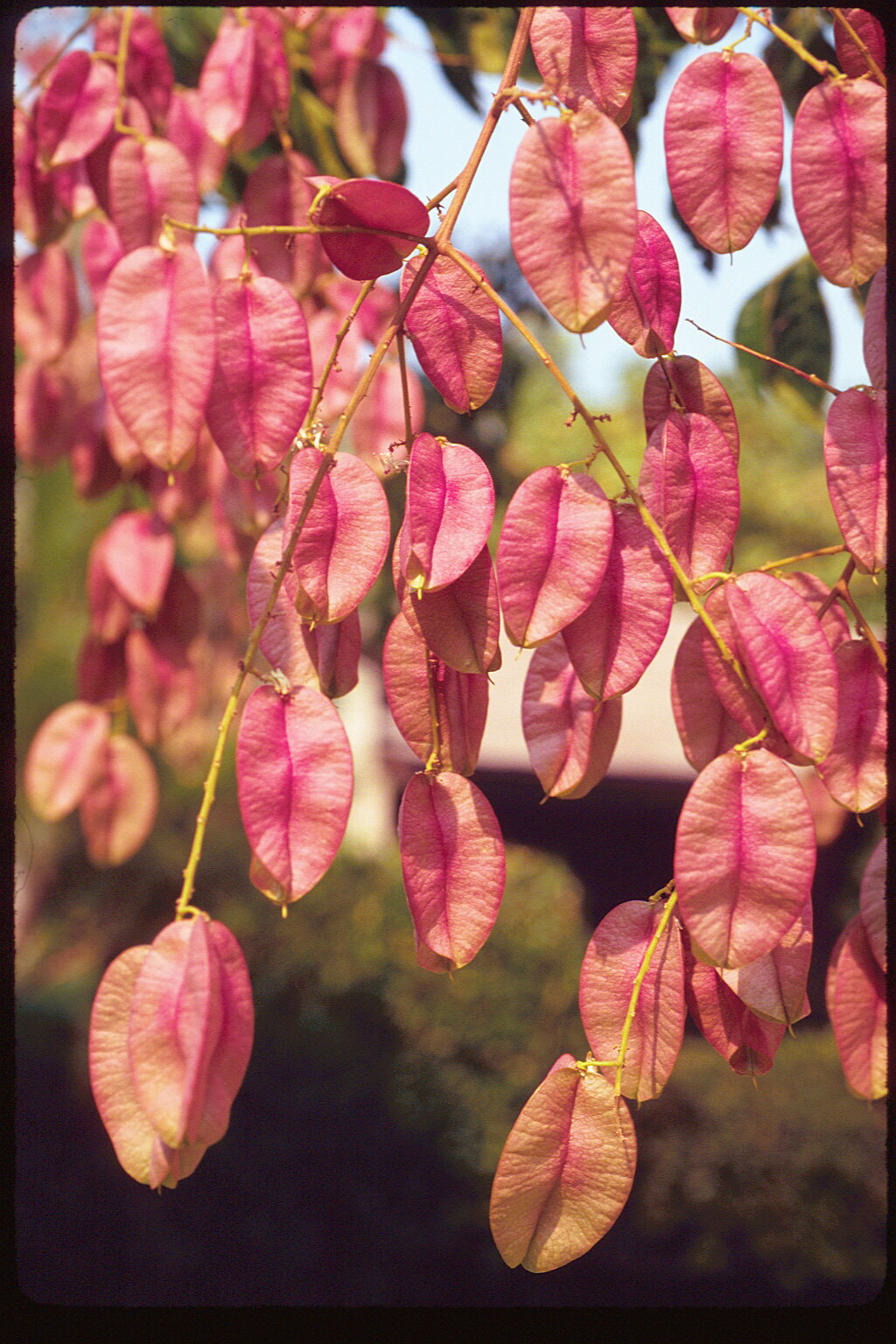 Figure 6: The fruits of the Chinese Flame Tree.1
Figure 6: The fruits of the Chinese Flame Tree.1
Where It’s From:
Native Range: This tree is originally from Southern China. This tree prefers an environment with nearly full exposure to the sun or partial shade, moist soil with clay, loam or sandy texture. This species is not highly specific in the pH of soil that it prefers; it is able to grow in highly acidic to highly alkaline soil pH.4
 Figure 7: Map of where the Chinese Flame Tree can be found within California4
Figure 7: Map of where the Chinese Flame Tree can be found within California4
Ecological Notes: This species of tree can sometimes be found along coastlines so it has adapted to have a moderate tolerance to these conditions in more mild zones. The Chinese Flame tree can experience infestations due to pests like the invasive shot hole borers, beetle borers, and scales. This species is often used for decor and shading because it has relatively strong branches and the roots are known to do little damage. This tree is not considered to produce any health hazards to people or animals. The California Air Resources Board (CARB) evaluates plant species’ biogenic emissions, which means how much and what pollutants are the vegetation releasing into the atmosphere, the Chinese Flame tree is considered to have a high output.
What we use it for: This tree is commonly used for landscaping designs or for shade in parking lots. The seeds of this tree can also be used as beads to make jewelry such as necklaces or bracelets.
References
Biographers: Hannah Albrecht & Reanna Unwalla, BIOL 238: Evolution, Ecology and Behavior, Fall 2019